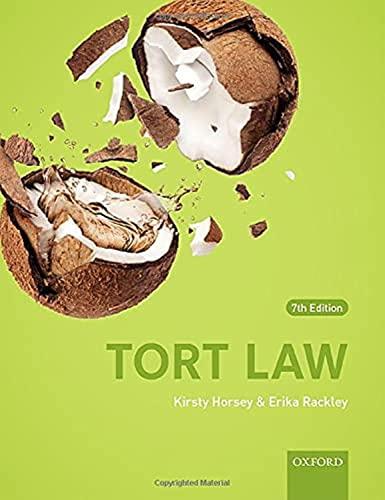Question
I need answers only, no need explanation. Thank you very much!!! Part I Multiple Choice Questions (10 x 2 marks = 20 marks) 1.Which of
I need answers only, no need explanation. Thank you very much!!!
Part I Multiple Choice Questions (10 x 2 marks = 20 marks) 1.Which of the following techniques does an auditor ordinarily select in assessing control risk? A.Observation and reperformance. B.Comparison and confirmation. C.Inspection and verification. D.Inquiry and analytical procedures.2.Which of the following is a type of common statistical sampling method in auditing? A.Random sampling. B.Haphazard sampling. C.Non-monetary unit sampling. D.Monetary-unit sampling. 3.Which of the following procedures would the auditors adopt in performing tests of controls? (1) Trace a representative sample of transactions throughout the period. (2) Check that the controls are as effective in practice as they are documented. (3) Perform tests of balances. (4) Perform analytical review procedures. A.(1) and (2). B.(1), (2) and (3). C.(2) and (4). D.All of the above. 4.In planning an audit, which of the following statements is NOT correct? A.An audit plan sets the direction for the audit and provides guidance for the development of the audit. B.The audit process sets out the detailed procedures required to implement the strategy. C.Auditors plan to perform the audit for the lowest cost and in a timely manner. D.Auditors formulate the general audit strategy in an overall audit plan and process. 5.Which TWO of the following substantive procedures provide evidence over the EXISTENCE of trade receivables? (1) Agreeing a sample of goods delivery notes to sales invoices and to the sales ledger (2) Undertaking a receivables circularization (3) Review of post-year-end cash receipts, if these relate to year-end receivables follow through to the sales ledger (4) Recalculating the allowance for uncollectible accounts A.(1) and (3) B.(2) and (4) C.(2) and (3) D.(1) and (4) 6.Which of the following procedures are TESTS OF CONTROL an auditor should perform in testing the inventory cycle of their client whilst attending the inventory count? (1) Observe whether the client's staff are following the inventory count instructions (2) Review inventory present in the warehouse for evidence of damage or obsolescence (3) Obtain a sample of the last goods received notes and goods delivery notes and follow through to ensure inclusion in the correct accounting period (4) Inspect and review management's inventory count instructions A.(2) and (3) B.(1) and (4) C.(1) and (2) D.(3) and (4) 7.Which TWO of the following should be included in an audit engagement letter? (1) Objective and scope of the audit (2) Results of previous audits (3) Management's responsibilities (4) Need to maintain professional skepticisms A.(1) and (2) B.(1) and (3) C.(2) and (4) D.(3) and (4) 8.Which of the following forms of evidence is MOST reliable?A.General ledger account balances. B.Internal memo explaining the issuance of a credit memo C.Confirmation of A/R balance received from a customer. D.Copy of month-end adjusting entries. 9.Audit is a fact-finding process that compares the actual results with _______ A.Specified standards and plans B.Expected results C.Premature results D.Preliminary results
Step by Step Solution
There are 3 Steps involved in it
Step: 1

Get Instant Access to Expert-Tailored Solutions
See step-by-step solutions with expert insights and AI powered tools for academic success
Step: 2

Step: 3

Ace Your Homework with AI
Get the answers you need in no time with our AI-driven, step-by-step assistance
Get Started


